SUMMARY
This is AI generated summarization, which may have errors. For context, always refer to the full article.
![[OPINION] Much has to be done to have more elected women](https://www.rappler.com/tachyon/r3-assets/49E6BC6FD26A4D9387CC0B0CF028E665/img/668517D14249485BBB403283668265CF/election-voting-20160509-004.jpg)
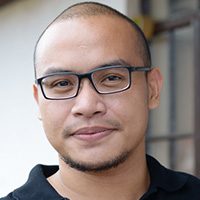 On November 2, 2017, the World Economic Forum (WEF) released its Global Gender Gap Report for 2017. It is unfortunate that the Philippines slipped by 3 spots from number 7 to number 10, primarily due to its worsening performance on wage equality for similar work indicator, which dropped from 7th to 21st.
On November 2, 2017, the World Economic Forum (WEF) released its Global Gender Gap Report for 2017. It is unfortunate that the Philippines slipped by 3 spots from number 7 to number 10, primarily due to its worsening performance on wage equality for similar work indicator, which dropped from 7th to 21st.
Despite the fall, the Philippines remains by far the most gender-equal country in Asia and 10th in the world out of the 144 countries surveyed. In terms of political empowerment, one of WEF’s 4 subindices, the Philippines was ranked 13th in the world and 2nd in Asia, beaten only by Bangladesh which ranked 7th.
How did we get there?
Our first experience of elections, in its modern democratic sense, did not come until the Americans took over and colonized the country in 1898. While sporadic local and village elections happened all over the country between 1898 and 1906, our first formal election was held on July 30, 1907, called to fill the 80 seats in the newly-established Philippine Assembly. The Philippine Assembly was the lower house of the bicameral Philippine legislature, the precursor of the current House of Representatives. The Philippine Commission served as the upper house.
In preparation for that election, Act Number 1582, the country’s first election law, was enacted by the Philippine Commission in 1907. Now this is the interesting part: Section 13 set the qualifications of voters, thus:
Qualifications of voters. – Every male person 23 years of age or over who has had a legal residence for a period of 6 months immediately preceding the election in the municipality in which the exercise the suffrage, and who is not a citizen or subject of any foreign power, and who is comprised within one of the following three classes –
(a) Those who prior to the 13th of August, 1898, held the office of municipal captain, gobernadorcillo, alcalde, lieutenant, cabeza de barangay, or member of any ayuntamiento;
(b) Those who own real property to the value of 500 pesos, or who annually pay 30 pesos or more of the established taxes;
(c) Those who speak, read, and write English or Spanish – shall be entitled to vote at all elections.
First, it must be noted that, to qualify, one must belong to one of the 3 classes specified, but first and foremost, one has to have a penis. Back in those days, the right to suffrage was limited to men. It was then the prevailing norm that a woman was a mere extension of her father or her husband. In the early 1900s, only 3 countries had allowed women to vote: the first was New Zealand in 1893, followed by Australia in 1902 and Finland in 1906.
Apart from being sexist, Act Number 1582 set power, property, and literacy requirements as conditions for suffrage – an imposition which will never pass any modern electoral standards. For example, it requires one to speak, read, and write a foreign language, either English or Spanish, excluding local languages like Tagalog. In comparison, the 1987 Constitution, in Article V, Section 1, bans these discriminatory pre-conditions, providing that “no literacy, property, or other substantive requirement shall be imposed on the exercise of suffrage.”
Act Number 1582 surely disqualified a lot of Filipinos from voting since its 3 requirements often cam in a bundle. To speak, read, and write English or Spanish would mean one had to be formally educated; to have education, one needed to have money; to have money, one had to own lands; and land ownership was often a consequence of power.
Despite these very stringent voting qualifications, 104,966 males were able to register for the July 30, 1907, elections and 98% of them actually voted.
On February 8, 1935, the Philippines adopted a new constitution. It was later approved in a constitutional referendum held on May 14, 1935. The 1935 Constitution was very significant because it established the self-governing Commonwealth of the Philippines, replacing the Insular Government, which was the United States’ colonial government in the Philippines. The Commonwealth Government mirrored the American structure of government and it became the springboard for the country’s eventual independence in 1945.
Going back to voting, the qualifications were significantly relaxed under the 1935 Constitution. Article V, Section 1, provided:
Section 1. Suffrage may be exercised by male citizens of the Philippines not otherwise disqualified by law, who are 21 years of age or over and are able to read and write, and who shall have resided in the Philippines for 1 year and in the municipality wherein they propose to vote for at least 6 months preceding the election.
This time, the voting age was lowered to 21 from 23 years. The literacy requirement was relaxed to just include ability to read and write, not necessarily in English or Spanish, and no need to speak them either.
Unfortunately, the 1935 Constitution still excluded women from suffrage. However, while it did not open the door for women’s suffrage, it opened a window. Article V, Section 1, qualified and provided that:
The National Assembly shall extend the right of suffrage to women, if in a plebiscite which shall be held for that purpose within 2 years after the adoption of this Constitution, not less than 300,000 women possessing the necessary qualifications shall vote affirmatively on the question.
In response, women’s groups launched a massive campaign through radio, newspapers, flyers, posters, house-to-house visits, and lectures, informing women about the plebiscite. Women helped each other by providing free transportation, food, and baby-sitting services on plebiscite day to make voting less difficult and financially burdensome, especially to the poor.
On the day of the plebiscite, April 30, 1937, a total of 492,032 women showed up and voted for the first time in polling centers. Ninety percent (90%) or 447,725 of them voted in favor of suffrage, while 44,307 women ironically voted that they should not be allowed to vote. With that, the Philippines became the 4th country in Asia to have allowed women to vote: the first one was Sri Lanka in 1931, Thailand in 1932, and Myanmar in 1935.
Since women were allowed to vote in 1937, the political landscape in the Philippines has dramatically changed. During the 2016 national and local Elections, the Commission on Elections (Comelec) reported that 51.6% of the registered voters in the Philippines are now women, outnumbering the men, which accounts for only 48.4%. In terms of election participation, 82.68% of those registered women voters actually voted, while only 78.68% of the registered male voters went out to vote.
The overall picture, however, is not totally rosy. In a report by lawyer Damcelle Torre Cortes, gender and development consultant of the Comelec, she noted that while women are more politically participative than men, they appear to take a more passive role in electoral affairs. In other words, while women are more interested in voting, very few are interested in running for public office.
During the 2016 national and local elections, for example, Comelec data revealed that 80.62% of the candidates were men and only 19.36% were women. Of that 19.36% representing 8,666 women candidates, only 18.18% were successful.
In the House of Representatives, only 29% are women (85 out of 292), while in the Senate, 25% are women (6 of 24).
At the barangay level, out of the 94,834 candidates for barangay captain, only 16.76% were women. Of that 16.76% who ran, only 18.47% were successful.
In other words, already very few women run for elective positions, and it would appear it is even harder for them to win elections.
As to the reasons, a study by Comelec involving 501 “politically-active” respondents (mostly candidates, party members, and campaign supporters) revealed that while they collectively agree that females are “competent”or qualified to run for public office, there is less acceptance of the idea of them actually running for a public office. Their top reasons are the usual stereotypes: that women “do not have the necessary confidence, skills, leadership experience and interest in political office.”
In addition, Filipinos are still trapped in that mentality of compartmentalized gender roles: that women are, at the end of the day, in charge of homemaking and of rearing children; that the woman’s domain is inside the home. Going beyond it and assuming a bigger role in the community is seen as a diminution or even abandonment of her primary role as wife or mother.
While the Philippines is considerably better than the rest of the world in terms of percentage of women in goverment, it is obvious that achieving the ideal 1:1 ratio of male-female elected officials has still a very long way to go. Until that day happens, women remain severely underrepresented in the political sphere, where decision making – even on matters intimately affecting women – remains in the hands of men. There is absolutely so much that needs to be done.
Happy International Women’s Day to all! – Rappler.com
Emil Marañon III is an election lawyer who served as chief of staff of retired Comelec Chairman Sixto Brillantes Jr. He graduated from the SOAS, University of London, where he studied Human Rights, Conflict and Justice as a Chevening scholar.
Add a comment
How does this make you feel?
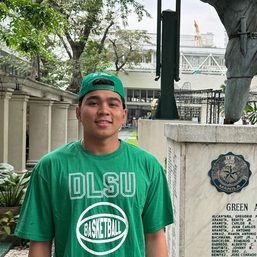
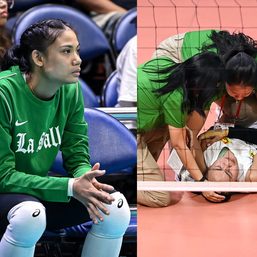
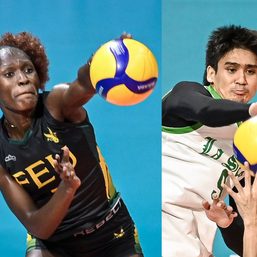
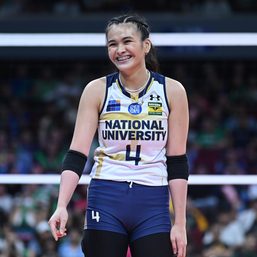
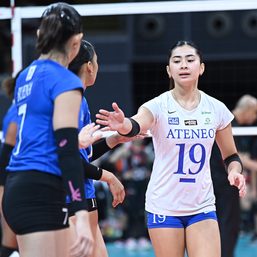
There are no comments yet. Add your comment to start the conversation.